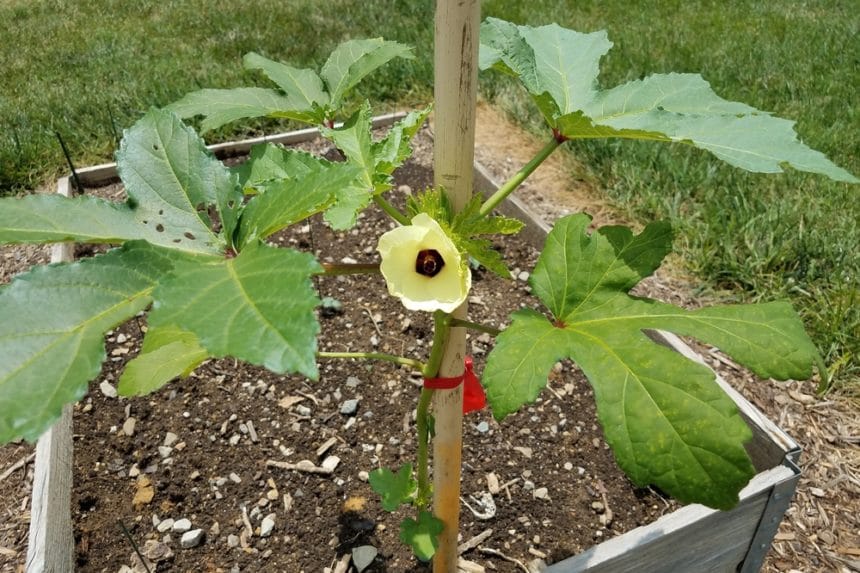


Typically, this indicates that the soil is too wet or contains high amounts of nitrogen fertilizer. Damping off is caused by a fungus that is active when there is abundant moisture and soils and air temperatures are above 68 degrees F. The seedling emerges and appears healthy then it suddenly wilts and dies for no obvious reason. Contact your Cooperative Extension Service for fungicide recommendations.ĭamping Off: This is one of the most common problems when starting plants from seed. Remove infected plant parts and do not work around wet plants. Burpee Recommends: Avoid getting water on the foliage. This disease is worse in warm, wet or very humid weather. The lesions may encircle the stems and cause wilt. Be sure to mulch them well to keep them moist and healthy.Alternaria Leaf Spot: Small, round reddish brown spots with white to grey centers form on the upper surface of the leaves and along the midrib. By following these simple steps, you can help your plants grow healthy and strong. Transplanting your okra seedlings is an important step in ensuring their success. When to Transplant Okra Seedlings: Conclusion This is because the young plants will be stronger and better able to withstand growth stresses. If you transplant your okra seedlings correctly, you can expect a higher yield from your plants. The young plants will help choke out the weeds, making the job much easier for you. Weeding can be a difficult task, but it is much easier when you have transplanted your plants. This is important for healthy plant growth as it will help prevent the development of fungal diseases. Transplanting your okra seedlings will also help to improve air circulation in the soil. The plants will also help break up the soil, making it easier for future plants to grow. By adding these young plants to the soil, you are providing organic matter that will help to improve the structure and fertility of the soil. When you transplant your okra seedlings, you are also improving the quality of the soil. The benefits of transplanting okra seedlings Be sure to mulch your okra plants well to ensure their success. Mulch helps retain moisture in the soil, keeps weeds at bay, and provides your plants with essential nutrients. Mulching is an essential step in keeping your plants healthy. You may need to water them twice a day during hot, dry weather. Okra needs plenty of water to grow healthy and strong. Water wellĪfter planting, be sure to water your seedlings well. Be sure not to damage the roots in any way. Gently pack the soil down to secure the plant. Place the seedling in the holeĬarefully place the seedling in the hole and fill in around the roots with soil. Be sure to remove any rocks or other debris from the soil before planting. The hole should be about twice as wide as the root ball of your seedling and just as deep. Once you have amended the soil, it is time to dig a hole.

This will help improve the soil quality and provide your plants with essential nutrients. Amend the soil by adding a few inches of organic matter such as compost, peat moss, or shredded leaves. Amend the soilīefore planting your seedlings, you will need to amend the soil.
Hulls not coming off okra seedlings full#
If you can’t find a spot that gets full sun, try to choose one that gets at least six hours of sunlight per day. Okra needs plenty of sunlight to grow healthy and strong. When choosing a spot to transplant your okra seedlings, pick a sunny location. How and when to transplant okra seedlings Antioxidants can help reduce the risk of disease and improve your overall health.
Hulls not coming off okra seedlings free#
Free radicals are unstable molecules that can damage your cells and contribute to developing diseases such as cancer. AntioxidantsĪntioxidants are nutrients that help protect your body from damage caused by free radicals. It is also important for healthy skin, bones, and teeth. Vitamin C is a water-soluble vitamin that helps to protect your body from infection and disease. Both types of fiber are important for maintaining good health. Insoluble fiber does not dissolve in water and can help to keep your bowels moving regularly. Soluble fiber dissolves in water and can help to lower your cholesterol levels. There are two types of dietary fiber: soluble and insoluble. When to Transplant Okra Seedlings: Conclusion The health benefits of Okraĭietary fiber is a type of carbohydrate that your body cannot digest.


 0 kommentar(er)
0 kommentar(er)
